The fixed ball valve is a new generation of high-performance ball valve, suitable for long-distance pipelines and general industrial pipelines. Its strength, safety, and harsh environment resistance have been specially considered in the design, and it is suitable for various corrosive and non-corrosive media. . Compared with the floating ball valve, when working, the force generated by the fluid pressure in front of the valve on the ball is all transmitted to the bearing, and the ball will not move to the valve seat, so the valve seat will not bear excessive pressure, so the fixed ball valve The torque is small, the deformation of the valve seat is small, the sealing performance is stable, and the service life is long. It is suitable for high pressure and large diameter occasions. The fixed ball valve has two-piece and three-piece valve body structures. The middle flange is connected by bolts, and the seal adopts reinforced PTFE embedded in the stainless steel ring. The rear of the steel ring is equipped with a spring to ensure that the valve seat is tightly attached to the ball. Keep it sealed.
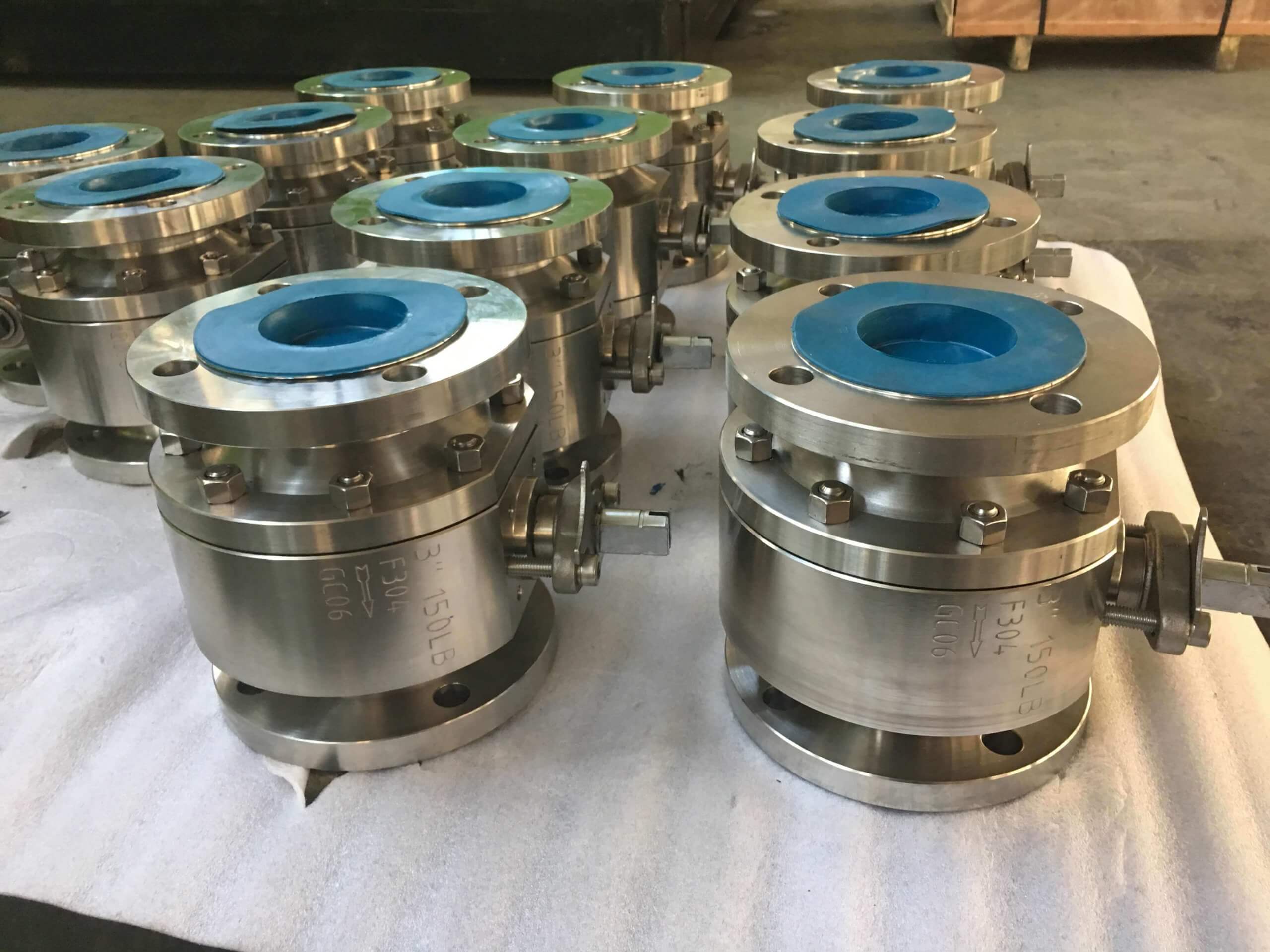
fixed ball valve
The fixed ball valve is a new generation of high-performance ball valve, suitable for long-distance pipelines and general industrial pipelines. Its strength, safety, and harsh environment resistance have been specially considered in the design, and it is suitable for various corrosive and non-corrosive media. . Compared with the floating ball valve, when working, the force generated by the fluid pressure in front of the valve on the ball is all transmitted to the bearing, and the ball will not move to the valve seat, so the valve seat will not bear excessive pressure, so the fixed ball valve The torque is small, the deformation of the valve seat is small, the sealing performance is stable, and the service life is long. It is suitable for high pressure and large diameter occasions. The advanced spring pre-valve seat assembly has self-tightening characteristics to achieve upstream sealing. Each valve has two valve seats, which can be sealed in each direction, so the installation has no flow direction restriction and is two-way. This valve is generally installed horizontally.
The fixed ball valve has two-piece and three-piece valve body structures. The middle flange is connected by bolts, and the seal adopts reinforced PTFE embedded in the stainless steel ring. The rear of the steel ring is equipped with a spring to ensure that the valve seat is tightly attached to the ball. Keep it sealed. Both the upper and lower valve stems are equipped with PTFE bearings to reduce friction and save labor. The bottom of the small shaft is equipped with an adjustment plate to ensure the joint position of the ball and the sealing ring. Full bore diameter: The flow aperture of the valve is the same as the inner diameter of the pipeline to facilitate the pipeline cleaning.
Product features of fixed ball valve:
Operational reliability
The relative linkage (seat and stem bearing) of the large-diameter ball valve adopts Teflon with a small friction coefficient, so the operating torque is small. In addition, the long-term lubrication of the sealing grease makes the operation more flexible.
Valve seat structure
There are two types of valve seat structures: single-seal and double-seal structures. Generally, the one with self-relief function is single-seal, and double-seal is the additional safety relief on the valve body.
Lengthened stem
The extension of the valve stem is suitable for buried and low-temperature use. The length of the extension is determined according to the needs. The operation modes include manual, pneumatic, electric, gas-liquid linkage, etc.
Security of external forces
The wall thickness of the valve body is designed in accordance with the safety regulations of the high-pressure vessel, and meets the requirements of API6D for withstanding external force and bending resistance, and has sufficient strength.
As shown in the figure, the sealing of the gland part adopts four O-rings and a sealing grease injection device.
Performance advantages of fixed ball valves
- Labor-saving operation: The ball is supported by the upper and lower bearings to reduce friction and eliminate the excessive torque caused by the huge sealing load formed by the imported pressure pushing the ball and the sealing seat.
- Reliable sealing performance: PTFE material sealing ring is embedded in the stainless steel valve seat, and the end of the metal valve seat is equipped with a spring to ensure sufficient pre-tightening force of the sealing ring. When the sealing surface of the valve wears during use, it will be under the action of the spring. The valve continues to ensure good sealing performance.
- Fireproof structure: In order to prevent the PTFE seal ring from being burnt due to sudden heat or fire, and large leakage occurs, which encourages the fire, a fireproof seal ring is set between the ball and the valve seat. When the seal ring is burned, Under the action of the spring force, the valve seat sealing ring is quickly pushed to the ball to form a metal-to-metal seal, which has a certain degree of sealing effect. The fire resistance test meets the requirements of AP16FA and API607 standards.
- Automatic pressure relief function: When the pressure of the stagnant medium in the valve cavity rises abnormally and exceeds the pre-load of the spring, the valve seat retreats from the sphere to achieve the effect of automatic pressure relief. The valve seat automatically recovers after pressure relief.
- Drainage pipeline: Drain holes are set up and down the valve body to check whether the valve seat is leaking. During work, when the valve is fully open or fully closed, the pressure in the middle cavity can be removed, and the packing can be directly replaced; the middle cavity can be discharged. Retentate, reduce the pollution of the medium to the valve.
Main features of fixed ball valve:
advantages of fixed ball valve:
- Double blocking and discharge function: the fixed ball valve adopts spring pre-tensioned floating seat, no matter the valve is in the fully open or fully closed state, the upstream and downstream valve seats block the fluid, and the retentate in the valve body is discharged through the discharge valve. .
- Automatic pressure relief function: When the temperature of the medium in the valve body cavity increases and causes abnormal pressure rise, it does not need to pass through the safety valve, but the valve seat function can automatically relieve the pressure, which is to ensure the safety of the valve when transporting liquid media. Sex is very important.
- Fire safety structure: All valves have fire safety functions, and their design and manufacturing follow the requirements of API 607 and API 6FA.
Disadvantage of fixed ball valve:
- Sealing emergency grease injection rescue: due to foreign matter in the medium or fire causing the valve seat seal to fail unexpectedly, the grease injection valve provides a quick connection with the grease injection gun, and the imported pump can easily and quickly inject the sealing grease into the valve seat sealing part. Mitigating leakage.
- Reliable valve stem sealing and low operating torque: In addition to the standard sealing ring, an O-ring seal is also set on the packing gland. The double seal ensures the reliability of the valve stem seal; additional graphite packing and sealing grease Injection minimizes valve stem leakage after a fire. The valve stem sliding bearing and thrust bearing make the valve easy to operate.
- Full diameter or reduced diameter: Full diameter or reduced diameter structure can be selected according to needs. The flow aperture of the full-bore valve is the same as the inner diameter of the pipeline, which is convenient for pipeline cleaning.
- The valve stem can be lengthened: According to the needs of installation or operation, the valve stem can be lengthened. The extended stem ball valve is especially suitable for occasions where pipelines need to be buried in the ground, such as city gas. The size of the lengthened stem is determined according to customer needs.
- Flexible operation: The valve seat and stem bearing with small friction coefficient and good self-lubricating property are adopted, which greatly reduces the operating torque of the valve. Therefore, even in the absence of sealing grease, the valve can be operated flexibly for a long time.
Application range of fixed ball valve:
The fixed ball valve is suitable for various pipelines of Class150~Class1500, PN16~PN100, JIS 10K~JIS 20K, applicable temperature: -196~350℃, used to cut off or connect the medium in the pipeline. Different materials can be selected. They are suitable for transporting water, steam, oil, nitric acid, acetic acid, oxidizing media, urea, etc., and are widely used in petroleum refining, long-distance pipelines, chemical industry, papermaking, pharmaceuticals, water conservancy, electric power, municipal administration, steel and other fields. The driving mode of the fixed ball valve is worm gear drive, manual, pneumatic or electric. The fixed ball valve generally adopts flange connection, but also can adopt butt welding connection.
Related types of valves:
We can also produce gate valve, check valve, globe valve, knife gate valve with API, JIS, DIN standard, used in Oil, Gas, Marine industry, Water supply and drainage, fire fighting, shipbuilding, water treatment and other systems, with Nominal Diameter of DN50 to DN1200, NBR/EPDM/VITON, Certificates & Approvals: DNV-GL, Lloyds, DNV, BV, API, ABS, CCS. Standards: EN 593, API609, API6D,
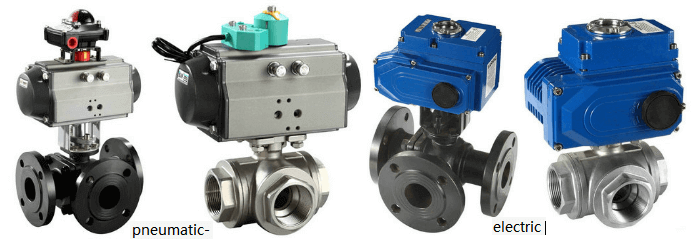
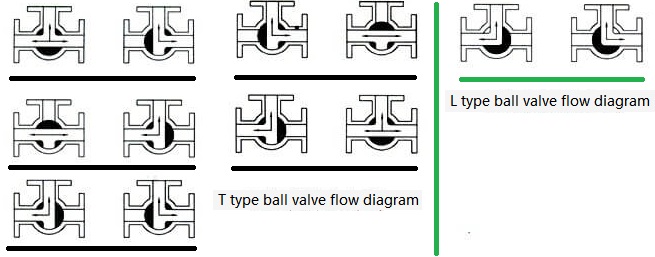

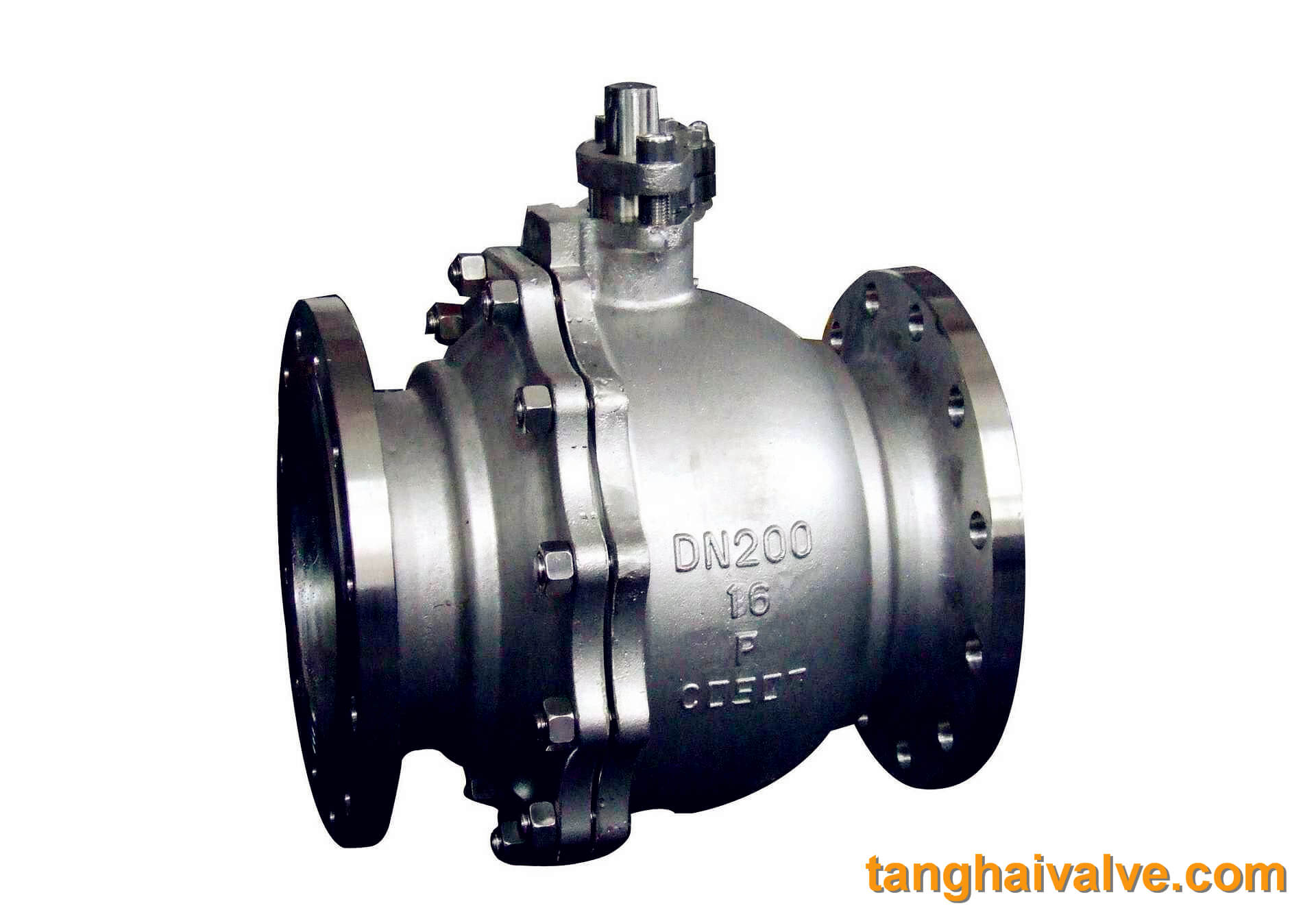
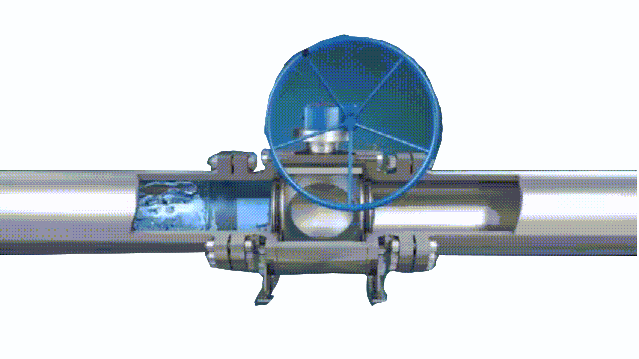
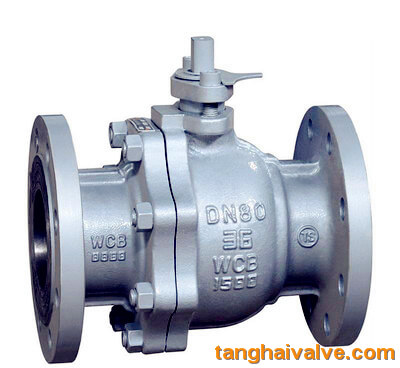
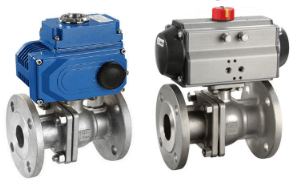
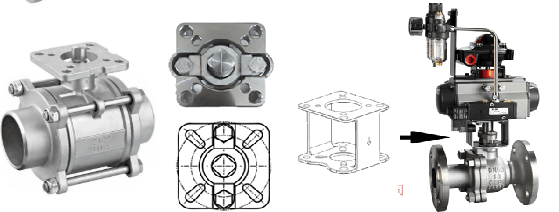
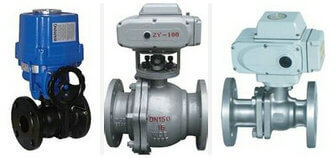
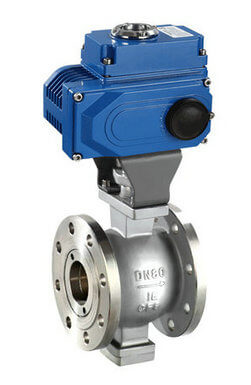



 © Copyright 2020 Tianjin Tanghaidongyang Valve Co., Ltd. All Rights Reserved.
© Copyright 2020 Tianjin Tanghaidongyang Valve Co., Ltd. All Rights Reserved.